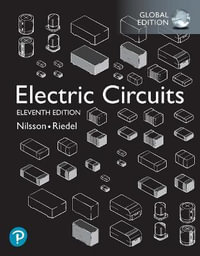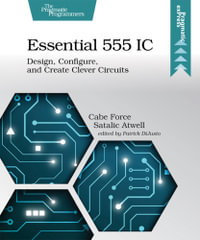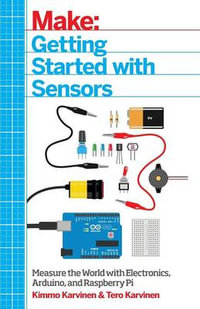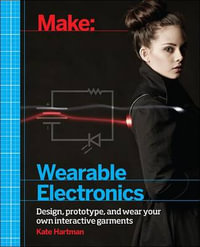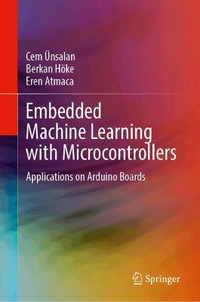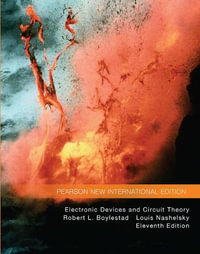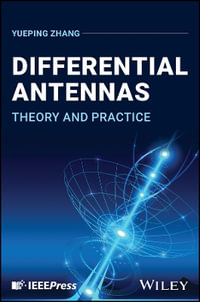
Introduction to Thin Film Transistors
Physics and Technology of Tfts
By: Stan Brotherton, S. D. Brotherton
Hardcover | 29 May 2013
At a Glance
Hardcover
$187.31
or
Aims to ship in 7 to 10 business days
ISBN: 9783319000015
ISBN-10: 3319000012
Published: 29th May 2013
Format: Hardcover
Language: English
Number of Pages: 506
Audience: Professional and Scholarly
Publisher: Springer Nature B.V.
Country of Publication: CH
Dimensions (cm): 23.39 x 15.6 x 2.87
Weight (kg): 0.88
Shipping
| Standard Shipping | Express Shipping | |
|---|---|---|
| Metro postcodes: | $9.99 | $14.95 |
| Regional postcodes: | $9.99 | $14.95 |
| Rural postcodes: | $9.99 | $14.95 |
How to return your order
At Booktopia, we offer hassle-free returns in accordance with our returns policy. If you wish to return an item, please get in touch with Booktopia Customer Care.
Additional postage charges may be applicable.
Defective items
If there is a problem with any of the items received for your order then the Booktopia Customer Care team is ready to assist you.
For more info please visit our Help Centre.
You Can Find This Book In
This product is categorised by
- Non-FictionScienceChemistryAnalytical ChemistryChromatography
- Non-FictionEngineering & TechnologyMechanical Engineering & MaterialsMaterials Science
- Non-FictionEngineering & TechnologyElectronics & Communications EngineeringElectronics EngineeringCircuits & Components
- Non-FictionEngineering & TechnologyElectronics & Communications EngineeringElectronics EngineeringElectronic Devices & MaterialsSemi-Conductors & Super-Conductors
- Non-FictionSciencePhysicsMaterials & States of Matter

